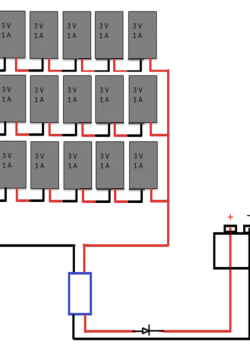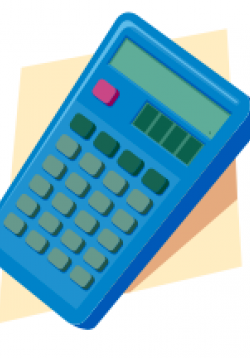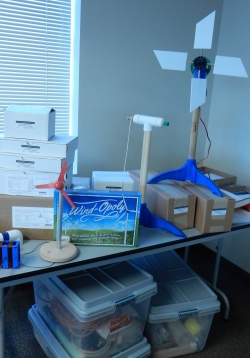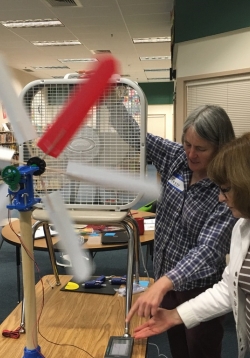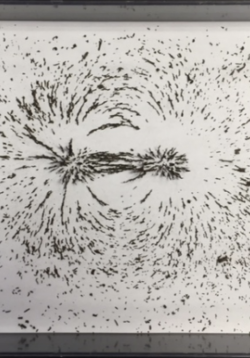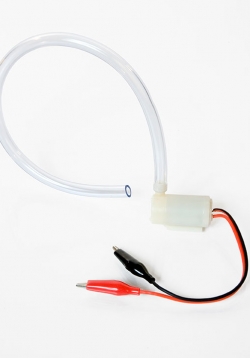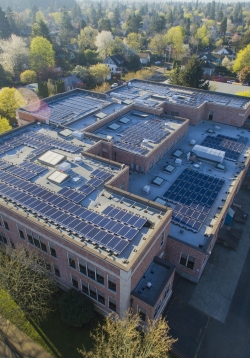Can Portable PV Charge Vehicles?
In this lesson, students will begin to explore the potential and challenges related to using photovoltaics to supplement the power needed to charge batteries in BEVs. Students will test a variety of wiring options related to series and parallel wiring....

